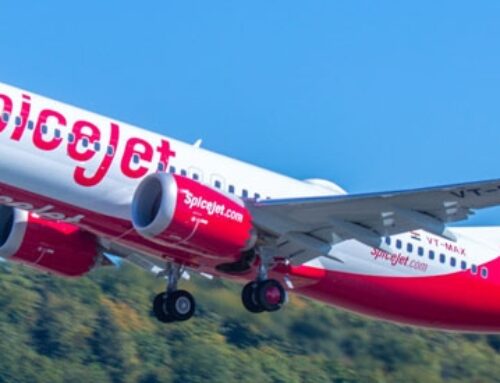
A critical software malfunction is identified as the cause of two tail strike incidents involving Alaska Airlines Boeing 737s, leading to a temporary halt in the airline’s national operations. The alarming incidents, which occurred on the morning of January 26 during two separate flights from Seattle to Hawaii, originated from a software bug in a program provided by the Swedish firm DynamicSource.
The program, intended to offer essential weight and balance data for flight planning, reportedly malfunctioned, delivering incorrect information to the pilots. This data was crucial for setting engine thrust and determining the correct takeoff speed but was reported to be 20,000 to 30,000 pounds lighter than the actual weight of the jets, which range between 150,000 to 170,000 pounds. As a result, the planes operated with insufficient power and lower speeds during takeoff.
Pilots of both aircraft, departing just six minutes apart, reported feeling a slight bump while the flight attendants heard scraping noises from the rear of the cabin. This was a result of the planes’ tails scraping the runway as they lifted off prematurely based on the flawed data. Following the strikes, both jets promptly returned and made safe landings at Seattle-Tacoma International Airport.
This incident not only grounded the involved flights but also prompted a comprehensive review and temporary cessation of Alaska Airlines’ flight operations across the country. The incident underscores the critical nature of accurate flight data and the cascading effects software glitches can have on airline safety and operations.
Sources: AirGuide Business airguide.info, bing.com, airlive.net







